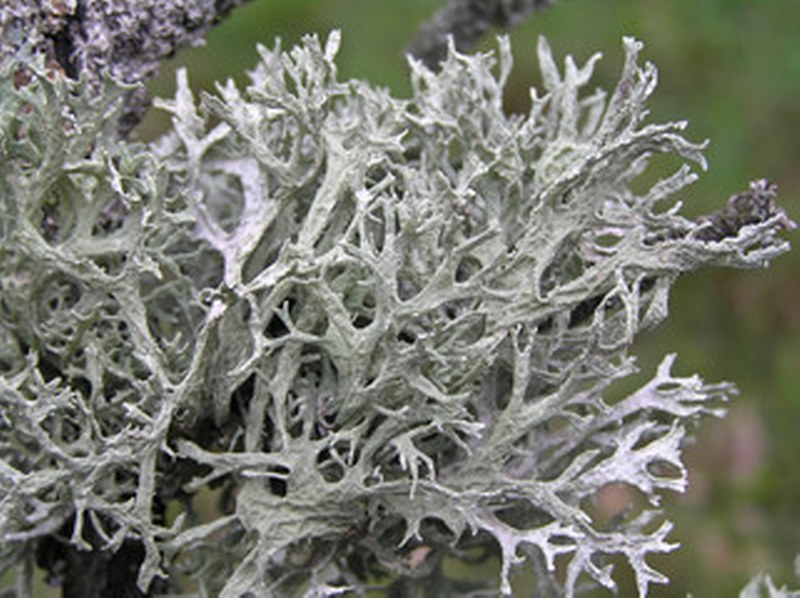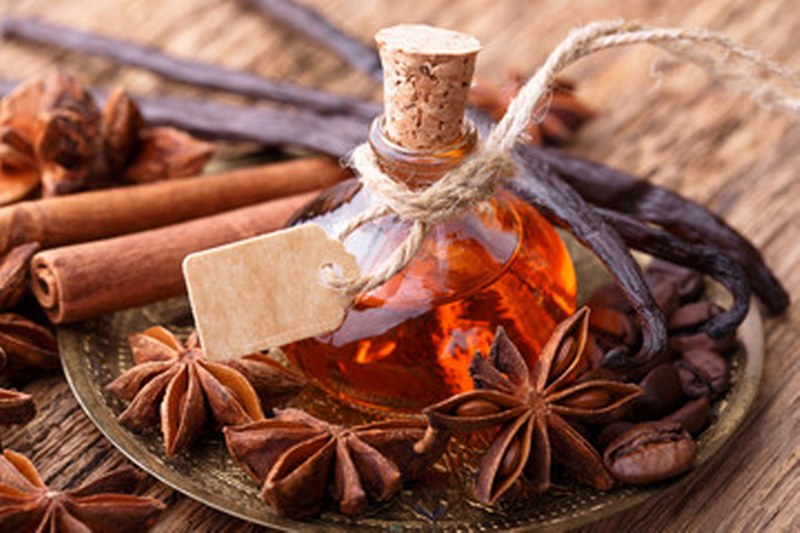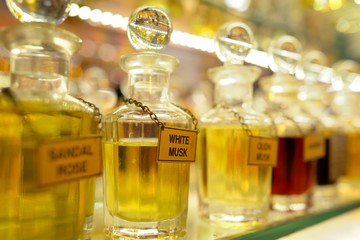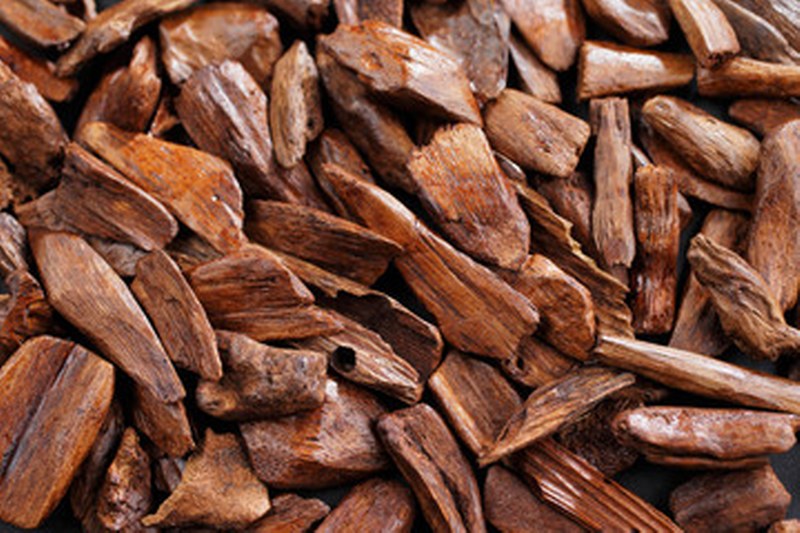About perfume
The fascination with fragrances has always been with the mankind. The history of perfume dates back to prehistoric times, who discovered that some trees, especially those rich in resin, release a beautiful smell of smoke when burned.
The name of the perfume comes from the Latin term “per fumumum” which means “by smoke”.
Nowadays, fragrances are complex mixtures of natural or synthetic origin. Each fragrance enclosed in the bottle is carefully selected and consists of at least a few aromas. Depending on the categories of fragrances prevailing in the composition, the following subdivision is applied:
Citrus (hesperide) perfumes

One of the oldest and most popular fragrance categories. Citrus essences are obtained by cold-pressing fruits such as lemons, bergamots, oranges, grapefruits or tangerines. They are often enriched with floral, oriental woody notes. Men’s citrus-based perfumes are composed by adding strong herbal, woody or spicy notes of spices. Citrus compositions are characterized by freshness, lightness and are most often used in sports perfumes and unisex type. As a result, aromatic oils from this family volatilise very quickly, so that their smell can be felt right after opening the bottle of perfume. They have stimulating and energetic properties.
Flower perfumes

It is a very rich and diverse family of fragrances, in which notes of flowers such as jasmine, violet, rose, tuberose, narcissus, lily of the valley or elderberry. Jasmine is considered to be one of the most effective fragrance aphrodisiacs. Compositions from this family can be based on one species or combining different scents of flowers into one bouquet. Most flower fragrances originate from natural sources and are obtained through many techniques, e.g. distillation. However, some of them emit very modest aromas and therefore need to be reproduced in the laboratory. Compositions from this family are usually light, sweet, romantic, but also sensual.
Chypre perfumes

This is the smallest yet unique family of fragrances. The name comes from the Chypre perfumes launched in 1917 by Francois Coty, who was fascinated by the richness of aromas present on the island of Cyprus. The basic note of this smell is oak moss, which gives a very specific “earthy” smell. Just next to the moss, the perfume consists of labdanum, patchouli and bergamot. These chords are often combined with floral, aldehyde, fruit and leather notes.
Fougère perfumes

Also known as fern perfumes. The term comes from the French word for fern. The name of this fragrance family is, of course, metaphorical - ferns do not have a clear smell. Fougère perfumes are all those which, when the main cords combine, create a mysterious note of a green, humid forest. The fougère type refers to the chord of oak moss, juniper and resin mixed with the tougher aromas of a summer meadow: coumarin (a compound with a smell of fresh hay), lavender and geranium, as well as a warm, sweet smell of tobacco. Fragrances from this family are used to compose many male fragrances.
Oriental perfumes

Also known as amber perfumes, they are associated with the Far East. These perfumes are defined as notes dominated by vanilla, tonka beans, cedar, sandalwood combined with animal scents - musk, civet, as well as spices - ginger, cardamom, cloves, cinnamon and pepper. These chords are usually combined with aromas of flowers such as jasmine, throat, freesia, osmanthus, orange blossom and sweet fruits such as peach, figs, apricots and tangerines. These are usually quite heavy, long-lasting and expressive fragrances. Their seductive, sensual and warm fragrance is suitable for the evening. Long lasting on the skin.
Aldehyde perfumes

This type of fragrances was introduced in the 1920s and is based on synthetic materials. The first type of perfume from this family was one of the most popular fragrances created by Coco Chanel - No. 5. This family includes floral-aldehyde, powder and woody-aldehyde fragrances.
Woody perfumes

The notes from this family dominate mainly in men’s and unisex cosmetics. The base consists of sandalwood, vetiver, patchouli, cedar, rose tree. They are the basis of composition, enrich and bring out the remaining components. However, some trees, such as the rose tree, can be both upper and middle aromatic notes. The scented cross-section in this family is really different and unique for each tree - from tarry through raw to milky. The woody notes are often enriched with the aromas of citrus, flowers and spices. Perfumes from this family are generally very elegant, deep and subdued.
Leather perfumes

These are warm aromas of spices and smoke, reminiscent of the smell of leather, smoked wood and tobacco. These aromas are obtained by combining bitter-spicy notes of spices, musk, incense and castor oil with a deep aroma of labdanum or juniper and birch resin and sweet accents of amber and fruit, e.g. pears, apples or bergamots. Leather chords are gentle and intriguing at the same time, and thanks to the feeling of closeness to the body, its primitiveness and naturalness, they evoke memories of the best moments of life. These notes are more often used in niche perfumes than in the so-called popular ones.



Obecnie realizujemy projekt współfinansowany przez Unię Europejską z Europejskiego Funduszu Rozwoju Regionalnego w ramach Regionalnego Programu Operacyjnego Województwa Zachodniopomorskiego 2014-2020 Oś Priorytetowa 1 Gospodarka, Innowacje, Nowoczesne Technologie, Działanie 1.15 Wsparcie kooperacji przedsiębiorstw. Tytuł projektu: „Promocja produktów firmy Maybe Cosmetics na rynkach międzynarodowych”. Wartość projektu: 194 369,00 PLN. Wysokość dofinansowania: 85 %
